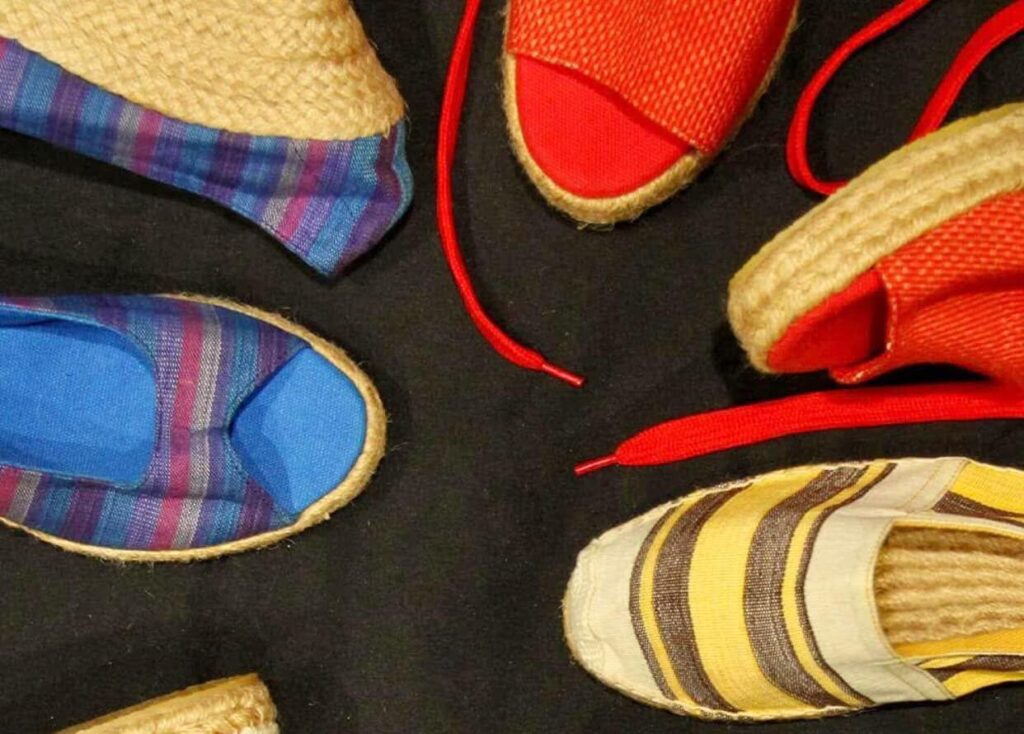When visiting the northern Philippine province of Ilocos, local visitors and tourists alike won’t leave the place unless they carry with them a piece or more of Ilocano-woven textile or the abel. It is not only the north’s famous pasalubong (souvenirs one brings home after visiting a particular place) but it also carries in itself distinct attributes and characteristics of its people: strong, sturdy, secure, exciting, and colorful. This traditional handwoven fabric reflects the craftsmanship, cultural significance, heritage, and identity of the people of the North. Seasoned artisans or abeleros use wooden looms and weaving techniques passed down from generation to generation to produce fabrics with amazing designs and patterns in colorful variations.

The abel is legendary in many forms. Despite stiff competition from outside commercialism, the abel thrives in the textile industry with its trendy and one-of-a-kind take on blankets, garments, bags, scarves, coin purses, tablecloth and runners, placemats, and many other wearable and useful items, proving that the need and recognition for the abel go beyond its value and rarity.
































